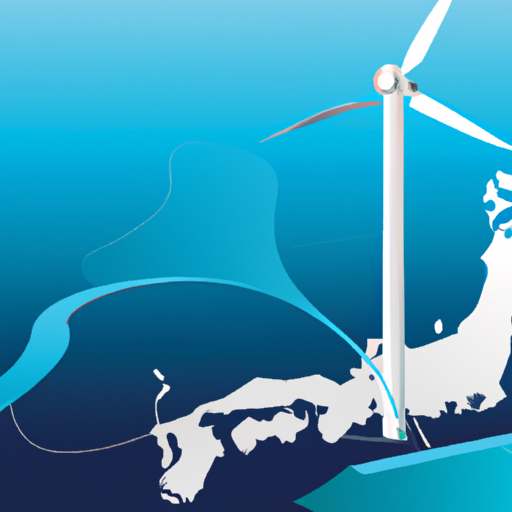Though Japan enjoys extensive coastal areas and powerful winds, it still lags behind other nations in terms of offshore wind energy development. The slow progress is largely due to the government’s absence in the supervision of offshore energy ventures and its moderate renewable energy goals. This is the position presented by Mika Ohbayasi, the Director at the Tokyo-based Renewable Energy Institute (REI).
Government’s Targets: A Cause for Concern
According to Ohbayashi, the Japanese government’s offshore wind development targets are considered unambitious. Official goals include producing 5.7 GW by 2030, while some suggest up to 10 GW. Targets of 30 GW to 45 GW by 2040 have been mentioned, but these only exist as projections. These numbers don’t depict the actual Commercial Operation Date (COD) – the point when the construction starts and operations commence.
The Concept of Commercial Operation Date (COD)
In progressive countries, transitioning from construction start to operation commencement – the COD – for offshore wind farms typically takes 3 to 5 years. However, in countries where offshore wind projects are still in the auction audit phase, this can span between 5 to 7 years. These projects include the Winds of September project in Taiwan and the recently awarded energy contracts in the Philippines.
Setting Ambitious Targets
Ohbayashi emphasized the pressing need for the Japanese government to set ambitious goals for the renewable energy sector as a whole, and for offshore wind in particular. These targets should align with wider climate goals. REI studies indicate that Japan should aim for at least 20 GW of bottom-fixed by 2035, and more than 5 GW of floating offshore wind by the same period.
Current State of Offshore Wind Capacity
Currently, Japan’s offshore wind capacity is only 1.36 GW compared to more than 10 GW in the European Union, 14 GW in the UK, 4 GW in the United States, and over 31 GW in China.
Japan’s Aim to Become a Major Offshore Wind Energy Producer
A Reuters report from July suggests that Japan’s Ministries of Economy, Trade and Industry (METI) and Land, Infrastructure, Transport, and Tourism (MLIT) accepted proposals to build an additional 1.8GW capacity across four coastal regions, indicating Japan’s intent to become an offshore wind energy powerhouse. The key locations include the Akita Prefecture and Niigata Prefecture with 700 MW each, and Saikai City in Nagasaki Prefecture with 424 MW.
Requirements to Become a Major Offshore Wind Energy Producer
Ohbayashi highlights that a greater government presence and a proper grid system are crucial requirements for Japan to emerge as a leading offshore wind energy producer. In addition, developers have to contend with local acceptance issues. The industry must gain the support of local communities, such as fishing groups, which are an influential lobby in Japan. Any perceived threat to marine life and potential disruption to fishing grounds can lead to resistance.
Challenges Related to Infrastructure
Alongside local concerns, other major hurdles include inadequate grid infrastructure to accommodate extensive renewable energy sources. The current grid, designed for transmitting power from centralized sources like nuclear and coal plants, needs significant enhancement to handle dispersed and intermittent sources like solar and wind.
Need for Greater Investment in Grid Infrastructure
Ohbayashi emphasizes that greater investment in grid infrastructure is crucial for Japan to meet its renewable energy and carbon neutrality goals by 2050. This requires financial investment for upgrading the grid and constructing new transmission lines to ensure that renewable energy is efficiently and reliably supplied to consumers.
Source
Emerging New Offshore Market in Asia: Status Challenge and Opportunities, Global Wind Energy Council
























